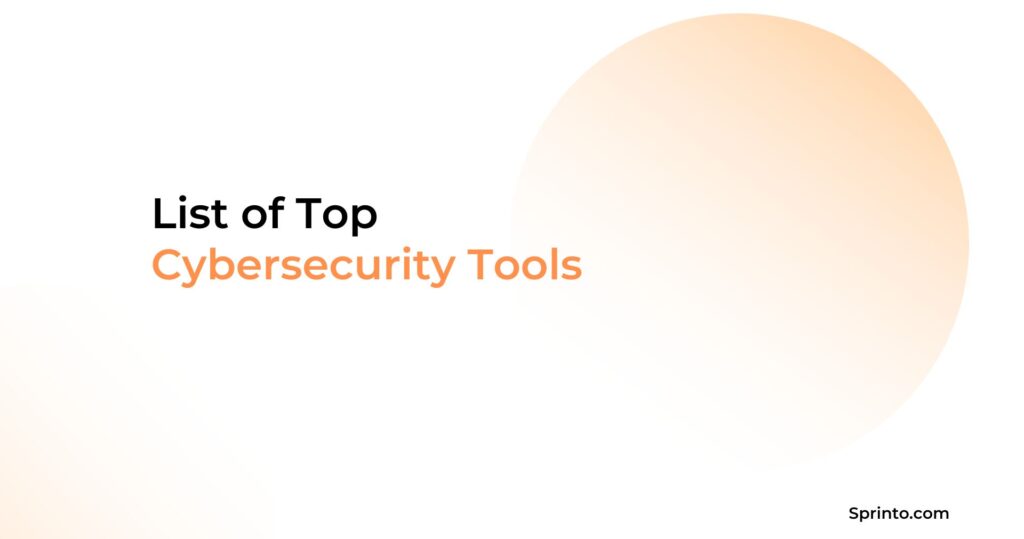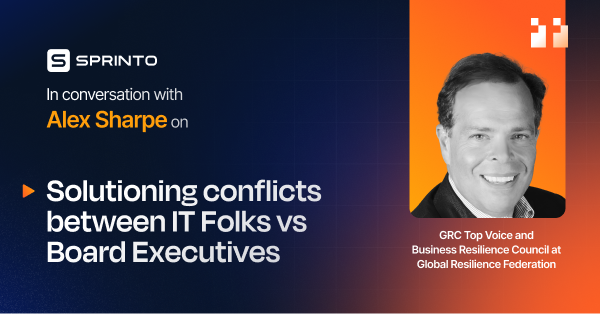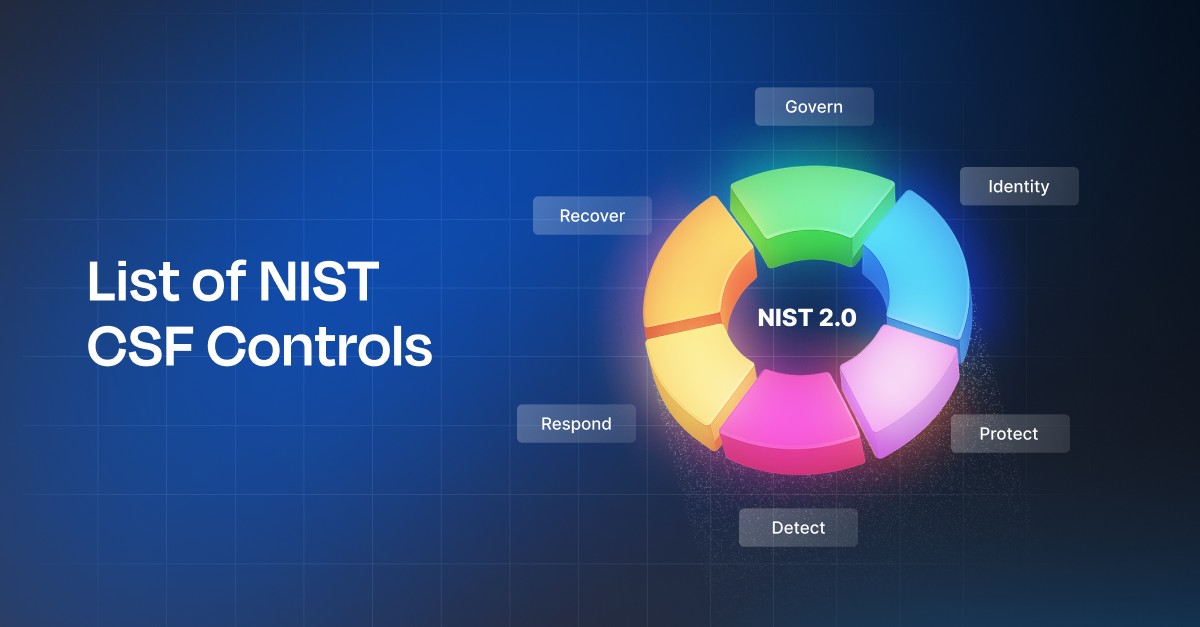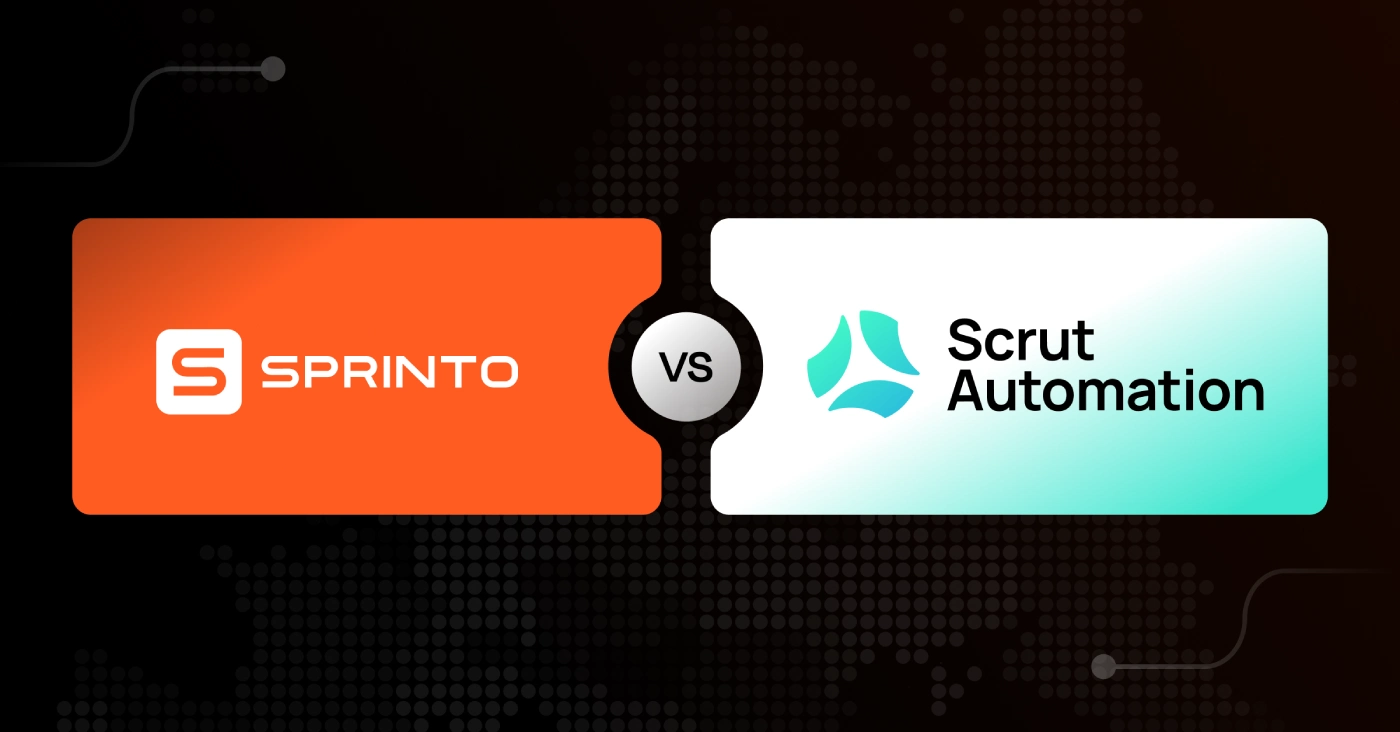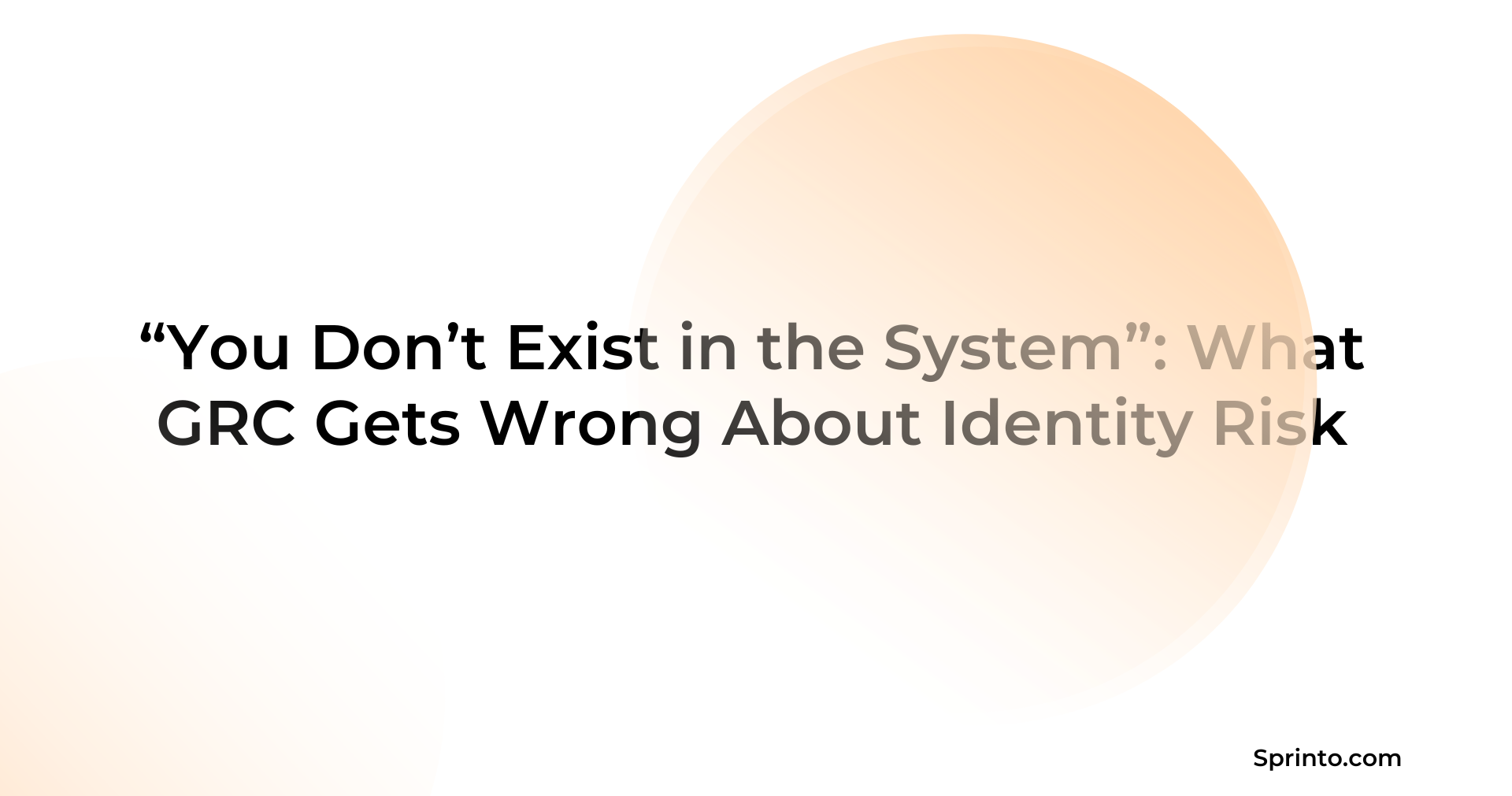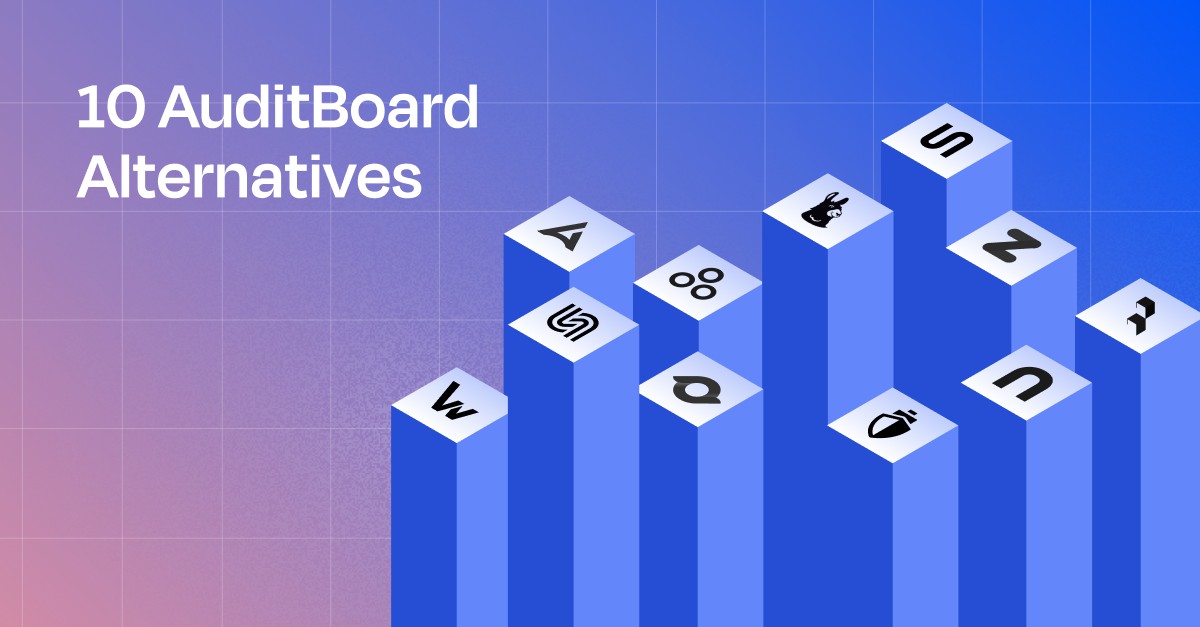Operational Risk Management: Is Your Business Sitting on a Landmine of Risks?
Heer Chheda
Aug 23, 2024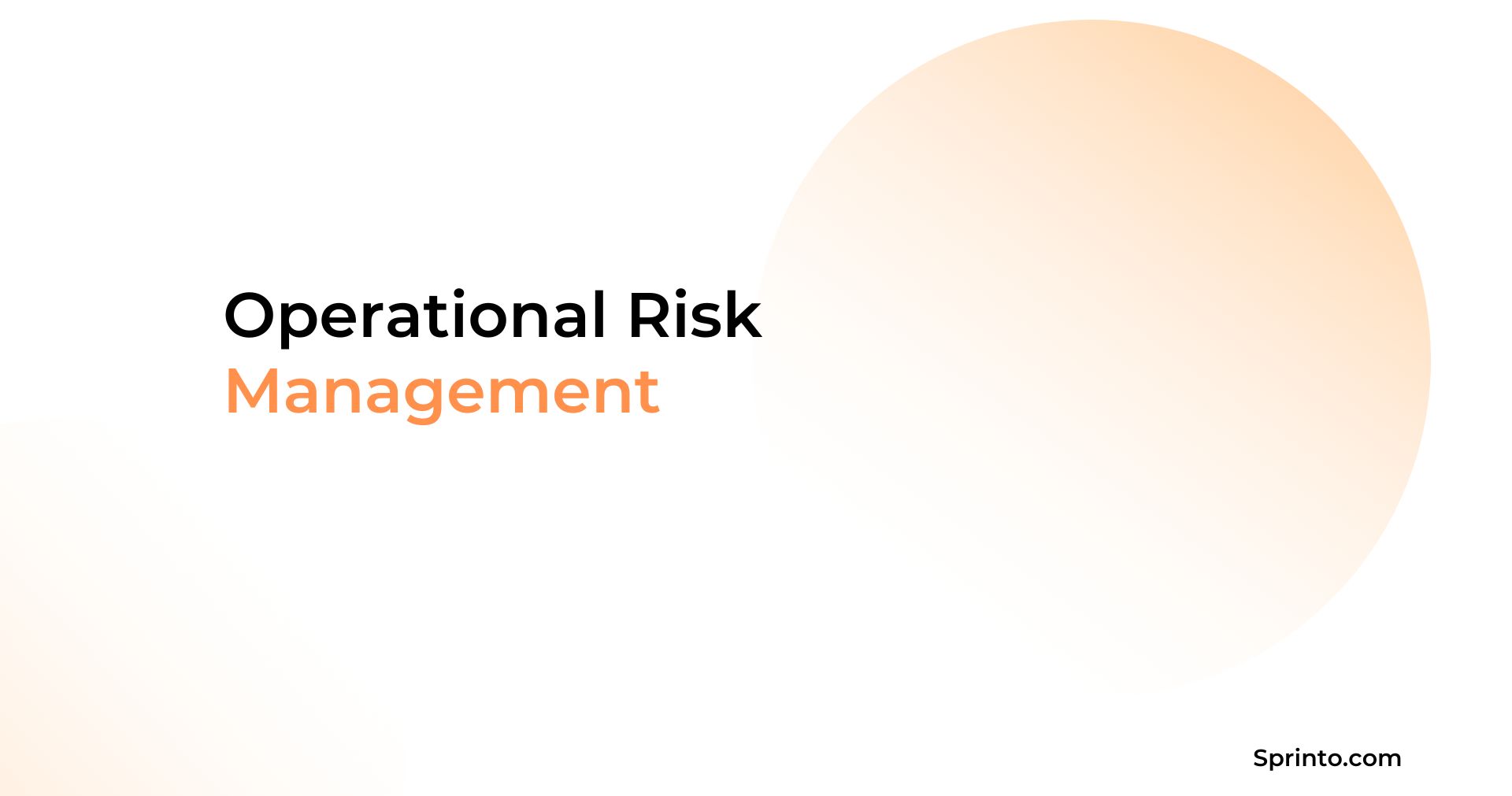
Be it the Stone Age or the Digital Age, the stakes have always remained high. The only difference is that back then, we fought to save our lives; now, we fight to save our data. From headline-grabbing data breaches to the quiet erosion of efficiency through manual and outdated processes, operational risks are often silent killers. Ignore them at your peril.
How do you turn these threats into distant objects in your rearview? You can proactively identify, assess, and mitigate them. That is exactly what operational risk management does.
TL;DR
| Organizational risk management is a strategic tool for you to gain a competitive advantage. By integrating key risk indicators into the decision-making process, businesses can proactively manage technology risks and turn threats into opportunities for growth. |
| The convergence of ORM with advanced tech is reshaping how companies approach risk management processes. AI-driven predictive analysis and real-time monitoring can enhance decision-making and identify emerging risks and opportunities for the business. |
| Organizational risk is complex and interconnected. A successful ORM is required for organizations to understand which strategic risk they can stomach and which unnecessary risk needs to be mitigated and solved. |
What is operational risk management?
Operational risk management, or ORM, is a recurring process of identifying, assessing, and controlling risks that arise from a company’s operations, internal processes, systems, or external events. It forms the backbone of organizational resilience.
Here’s how spotting operational risks can get a little tricky. They’re often small and easy to overlook, but they can bring the whole house down, given time. A single poorly trained employee, supply chain disruption, glitchy IT system, or sloppy process can easily snowball into a crisis.
But that’s also the beauty of ORM: its granularity. It breaks down complex operations into manageable chunks, allowing you to sport and fix these issues. It realizes that you cannot eliminate all risks; it’s about creating a culture of vigilance.
Implementing the ORM process is not as difficult as you think.
Create an image with the steps of the ORM process being displayed as a cyclical event, starting with Step 1 on the top, followed by Step 2, step 3…… Be sure to name the actual steps.
An effective Operational risk management program is not a compliance checkbox but a tool that can significantly impact your organization’s longevity. When done correctly, ORM acts as a safety net and boosts performance.
According to Varenya Penna, our lead ISO auditor at Sprinto,
Organizational resilience is built on a strong foundation of risk management. It’s about anticipating challenges and being prepared to respond effectively. It starts with asking what risks are necessary bets for your business and what checks need to be in place to ensure that your risk appetite is appropriate
Here are six steps that experts like her recommend to implement an air-tight operational risk management program.
Step 1: Understand how wide you want to cast your net
As with any process, understanding the scope and drawing boundaries is important so you don’t fall into a rabbit hole or go on a wild goose chase. Create a mindmap for your ORM journey.
Here are a few questions that you can ask yourself
- What areas of business do I want to focus on?
- Which of our critical assets need protection?
- What are current strategic objectives, and how might this process affect them?
- What is our risk appetite, and how does it vary across departments?
- What compliance requirements and industry regulations are we complying with?
- Are there any external factors that can impact our operation?
- Do we have any historical data or past incidents that can be helpful?
- Are there any significant events, such as mergers, product launches, system upgrades, etc., that need to be considered?
By thoroughly addressing these questions, you can better understand your scope.
Step 2: Identification of risks that lurk quietly
Risk identification is discovering and recognizing unnecessary risks, potential threats, vulnerabilities, and weaknesses that could negatively impact an organization. Risk identification is crucial in the ORM process as it proactively seeks and documents risks across all possible areas.
There are a few techniques that you can use to identify risks:
- Process mapping: Create a detailed flowchart of your business processes. Examine each step for potential failure points, vulnerabilities, or inefficiencies. A visual aid approach can help identify risks within specific workflows.
- Historical data analysis: Review your past incidents, losses, and near misses that your organization has recorded. You can look for patterns and see any recurring issues and root causes. This method leverages your information to reveal trends that might indicate future risks. It can also point out areas where you might have been lax, which is a good way to address gaps.
- Scenario analysis: This involves developing a hypothetical “what-if” based on future events and evaluating how these events could impact your organization. It lets you brainstorm and prepare for various possible outcomes that might not always be obvious.
- Expert consultation: You can leverage expert insights or hire consultants to gain insights into risks specific to your industry. This can help highlight any blind spots in your risk assessment.
- Risk workshops: You can conduct focus groups on specific risk areas or business units. Use exercises and encourage open discussions to explore potential risks.
But what risks will these methods uncover?
Here are the different types of risks and gaps that risk identification tactics will highlight
- Operational risks include inefficient workflows, external fraud, quality control failures, or production bottlenecks.
- Technology risks like system failure, data breaches, or software vulnerabilities.
- Human resource risks include high turnover rates, safety issues, gaps, and inadequate training.
- Financial gaps like cash flow problems, fraud, or inaccurate financial reporting.
- Supply chain weaknesses like supplier dependencies, inventory issues, or transportation disruptions.
- Compliance risks like regulatory violations, contract breaches, or infringement of intellectual property rights.
- Market risks like changes in credit policies, lending capabilities, etc.
These are just a few examples of risks, but it’s important to remember that these functions are often interconnected. An effective risk identification strategy should consider where the risk originated and its interrelationship to better understand the organization’s risk landscape.
Step 3: Assessing risks based on various factors
Think of risk assessment as grading your risks. This process of assessing and prioritizing them enables you to focus on the most critical threats.
First, estimate the likelihood of occurrence of the identified risk. You can base it on historical data, industry trends, or expert opinion. Then, project the risk’s impact in case it materializes. Consider the risk’s financial, reputational, or operational impact. Consider these two factors while determining the level of risk and then categorize them.
Here’s a way you can do this categorization:
- Critical risks are your top priority and should be marked in red. They might occur rarely but can cripple businesses. For example, cyberattacks, natural disasters, or market disruptions.
- Moderate risks – These risks require monitoring but aren’t typically threats yet. Minor operational inefficiencies or any addressable compliance gaps can be tagged in yellow.
- Low risks –These pose a very small threat and can be accepted as the cost of doing business. You need some friction to ensure you are alert and on your feet. Examples include minor equipment failures or customer complaints.
Now here’s the thing: Risk assessment is a continuous process. Changes in regulations, general shifts in the global economy, and technological improvements all have an ongoing impact on the landscape. Regular assessments have to be a part of every organization.
But who has the time to manually do this? Even if you did, it would be labor-intensive and prone to human errors.
Instead, you can automate this. You can use Governance, Risk, and Compliance platforms that automate much of the risk assessment process, provide a real-time risk dashboard, and leverage predictive analysis to keep you ahead of the curve.
Sprinto is a GRC platform that has an integrated risk management tool. It offers dynamic heatmap visuals that give granular visibility into your risk environment. It integrates data from across your entire organization to eliminate silos and provide a bird’s eye view of your threat landscape.
It automatically deploys solutions to assess these risks and tracks the solutions’ completion.
Effortless, Efficient Risk Evaluation
Step 4: Mitigating risks using different strategies
Risk mitigation is a crucial stage in implementing an ORM program. It entails making well-informed decisions about managing risks and weighing the potential consequences against the cost and feasibility of mitigation efforts. Various approaches to risk mitigation can be employed, contingent on factors such as risk severity, regulatory requirements, available resources, and the organization’s risk appetite.
To be more comprehensive, you can also use an integrated approach that combines two or more strategies.
Following are some of the risk mitigation techniques that will help you make the correct choices
- Risk Avoidance: As the name indicates, this approach removes the risk by AVOIDING activity that may culminate in the threat manifesting itself .
- Discontinuing high-risk ventures
- Not pursuing joint ventures or partnerships
- Withdrawing from volatile markets.
- Risk transfer: The approach is based on passing on the responsibility of risk to someone else.
- Buying any insurance policy transfers the risk to the insurers. The only caveat is that you must continuously pay premiums until the risk materializes.
- Outsourcing of risky business activities.
- Indemnification clauses in outsourcing contracts are used to avoid adverse circumstances.
- Risk mitigation: The strategy implies reducing either the likelihood of the risk, or its impact.
- Controls to reduce defects and risks associated with it.
- Awareness and training programs for staff to foster a culture of cyber security and accountability.
- Advanced firewalls and other robust security measures reduce the vulnerability to security threats and attacks.
- Diversification: It means spreading your risk across multiple areas to reduce exposure.
- Diversification into new product lines or different markets reduces dependencies on one market or product and opens up new growth opportunities.
- Breaking down the impact of a few bad investment portfolios through diversification.
- Keeping multiple suppliers to reduce the risk of supply chain disruption.
- Contingency planning: It means facing the risk head-on. You must be prepared with various plans to tackle risks using this method.
- Developing a business continuity plan for quick responses to disruptions, reduction of risks, and associated downtimes.
- Designing procedures for disaster recovery that minimize data loss and system downtime.
- Organizing teams who can help you navigate a crisis.
Here’s how to develop an effective risk mitigation plan that caters to your organization’s needs.
- Determine the characteristics of risks in terms of their nature, likelihood, root cause, contributing factors, whether they are internal or external
- Map strategies to the organization’s needs. Consider the risk appetite and tolerance levels of your organization, review the business objectives, and look at the resources available.
- Cost-benefit analysis: Calculate the cost of delivering each strategy and the overall potential benefit of making those investments, taking into account long-term implications directly or indirectly.
- Test the feasibility of the strategies. Consider the timeline and the ROI.
- Engage your stakeholders and get their buy-in.
- Get the input of the relevant experts and decision-makers.
By following this risk mitigation plan, you can create an effective strategy that aligns with your organization’s goals and objectives while considering available resources.
Step 5: Risk control implementation
Once you have done the strategic work, You need to implement the controls and monitor their effectiveness continuously. Before implementing new controls, you would want to test the efficacy of your current measures.
Here’s how you can assess whether your internal controls can address the identified risks:
- Take inventory of all the existing controls and list them from purpose to scope to expected outcomes.
- View the policies and procedures. Make sure they are updated and relevant to what is done.
- Check the controls’ performance and note any deviations from the procedure already documented.
- Perform control testing and conduct an inquiry, observation, inspection, or reperformance test. You can also perform vulnerability scans or penetration tests.
Then, analyze the results against expected outcomes. Check for gaps in controls. In the event of failure, you must find out what caused it. It may be design flaws, implementation missteps, or human errors.
Unless controls already exist to counter such breaches, you would need to design controls to counter the risks you have identified. Document the rationale, objectives, and procedure for each control.
Note: Prioritize preventive controls over detective or corrective ones.
Once everyone is aligned, implement the new processes and workflows.
Put in system-based controls that would eliminate the opportunity for error or mal-intent.
Provide training and resources to perform and monitor the control system.
Step 6: Monitoring… continuously!
You cannot relax just yet; you need to monitor the controls to ensure that there aren’t any silos. Develop a systematic control testing approach and set regular control review schedules. The frequency of monitoring can vary depending on factors such as risk severity, regulatory requirements, control maturity, business cycle, change frequency, and criticality, among many others.
Identify metrics that signal increasing risk exposure, set up systems to track and report KPIs, and establish thresholds for escalation and intervention. Now that you have a fair understanding of how the process looks, you need to understand why you’re doing this to do justice to it and successfully implement it.
Don’t let disaster dictate your destiny; Importance of ORM.
An operational risk management program’s importance cannot be overstated as it has far broader implications than just meeting compliance regulations. It touches every aspect of your business and provides long-term sustainability. ORM helps your organization fight against major disasters like financial losses, reputation damage, and disruption from failure ideologies.
ORM impacts the bottom line, financial stability, and business continuity and acts as a hedge against black swan events that can potentially wipe out your entire business.
ORM empowers leadership to execute decisions that balance opportunities against downsides.
Operational risk management benefits you by:
- Fostering a culture of safety and risk awareness.
- Changes your stand from reactive to proactive by addressing intangibles
- Give you a competitive advantage by analyzing risks in markets that are worth taking.
Think of ORM as a strategic imperative and not just a defensive measure.
While ORM is important, it’s not easy, and you may encounter certain challenges while implementing it.
ORM challenges you may encounter, but we have you covered
Challenges are fun and keep your brain sharp, but it’s important not to ruminate.
Here are a few common challenges you could encounter, and solutions for the same.
Lack of risk culture
This is a common issue as organizations struggle to embed risk awareness into their culture. Resistance to change and the unknown can make adopting new processes daunting for your workforce.
Tackle it by:
- Ensuring that senior management champions cybersecurity and risk awareness.
- Implement risk considerations into the decision-making process across all levels.
- Recognize and reward risk-aware behavior for incentivizing employees.
Data quality and availability
Poor data quality and the lack of access to relevant data can hinder effective risk assessment capabilities. It is challenging to obtain a clear, complete view of the risk landscape when data is imprecise, lacking, or scattered across several systems.
Risk teams may not have the insights they need to make timely, informed decisions if relevant data is siloed or inaccessible due to technical or organizational barriers. They may miss important context or cannot connect the dots between seemingly disparate events.
Conversely, those hampered by poor data quality and accessibility are flying blind. They’re always a step behind, reacting to events rather than anticipating them.
Here’s how you can tackle it:
- Implement data governance policies to ensure high data quality across the entire network.
- Invest in a data management system that can centralize and standardize the data for you.
- Establish clear ownership and accountability for data systems.
- Audit you data
- Leverage technology for real-time data collection and analysis.
Siloed risk management
Siloed risk management is a common pitfall that many organizations face. Different departments or business units manage risks independently without proper coordination or communication. This fragmented approach can lead to significant inconsistencies, blind spots, and inefficiencies in managing operational risks across the enterprise.
You can tackle this by:
- Implementing an enterprise risk management framework.
- Using technology that integrates with all the departments, systems and applications.
- Create cross-functional risk boards.
- Use common language and taxonomy across the organization.
Value demonstration
One of the main difficulties in quantifying the value of ORM is that it deals primarily with preventing negative events from occurring rather than generating direct profits. It’s hard to measure the financial impact of a crisis that never happened or to attribute the absence of losses to effective risk management.
Here’s how you can tackle it:
- Develop metrics to measure the efficacy of ORM initiatives.
- Speak the board’s language and quantify potential losses if ORM is not implemented.
- Highlight any particular use cases where ORM initiatives enabled growth and success.
Modern ORM requires leadership commitment and a willingness to adapt. You cannot overlook
these challenges and hope for the best.
The future of ORM
These activities are not point-in-time activities, or at least they should not be. I understand that not every firm has the resources to handle this, which is why technology and automation were developed. To address these issues and reduce error-prone processes.
One primary way technology has helped ORM is by implementing GRC platforms. These integrated systems cover all risk-related activities and offer real-time dashboards that provide insights into the development of each risk.
These platforms also use artificial intelligence and machine learning to analyze vast amounts of data, which would be impossible for humans to go through and spot anomalies. Combining these with cloud computing and IoT sensors that provide real-time data on equipment performance and environmental conditions, the application possibilities are endless.
Threats have advanced, but so has technology; we just need an eye for it. But it’s also crucial to understand that while these advancements give us tremendous potential, they are not panacea. Successful implementation of the ORM process hinges on careful planning and strategic decisions. While technology can greatly enhance risk management capabilities, it can also introduce new concerns concerning security and privacy. It must be realized that tech is an enabler, and all processes should have multiple legs to stand on.
FAQs
1. What are the Levels of operational risk management?
Operational risk management operates at three main levels:
- Strategic level
- Tactical level
- Operational level
Organizations can also choose to incorporate project-level risks specific to individual or technology levels, focusing on IT and cybersecurity risks.
2. Why is operational risk management important?
Operational risk management is important because:
- They protect you from financial losses and reputational damages
- Improve operational efficiency
- Build resilience against disruptions
- Enhance decision-making capabilities
- Foster a culture of awareness and accountability
3. Examples of operational risk management
Here are some examples of operational risk management:
- Diversification of suppliers to mitigate supply chain risks.
- Conducting regular audits to ensure compliance with regulatory requirements.
- Implementing fraud detection in financial transactions and systems.
- Using predictive analytics to prevent failures and keep up with trends
- Developing BEC plans.


Use Sprinto to centralize security compliance management – so nothing
gets in the way of your moving up and winning big.













